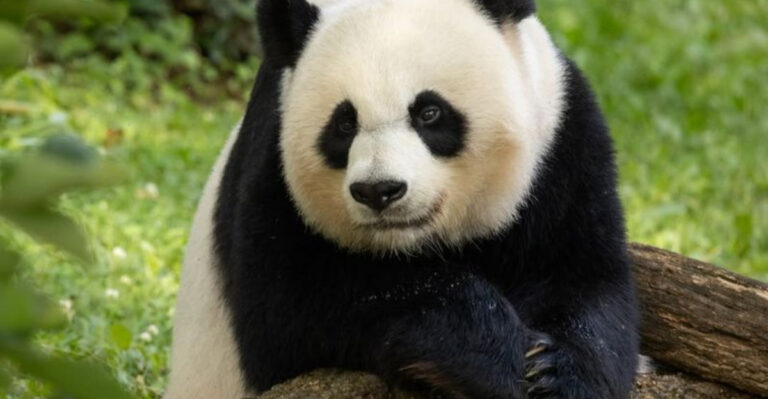16 Creatures With The Most Teeth In The Animal Kingdom
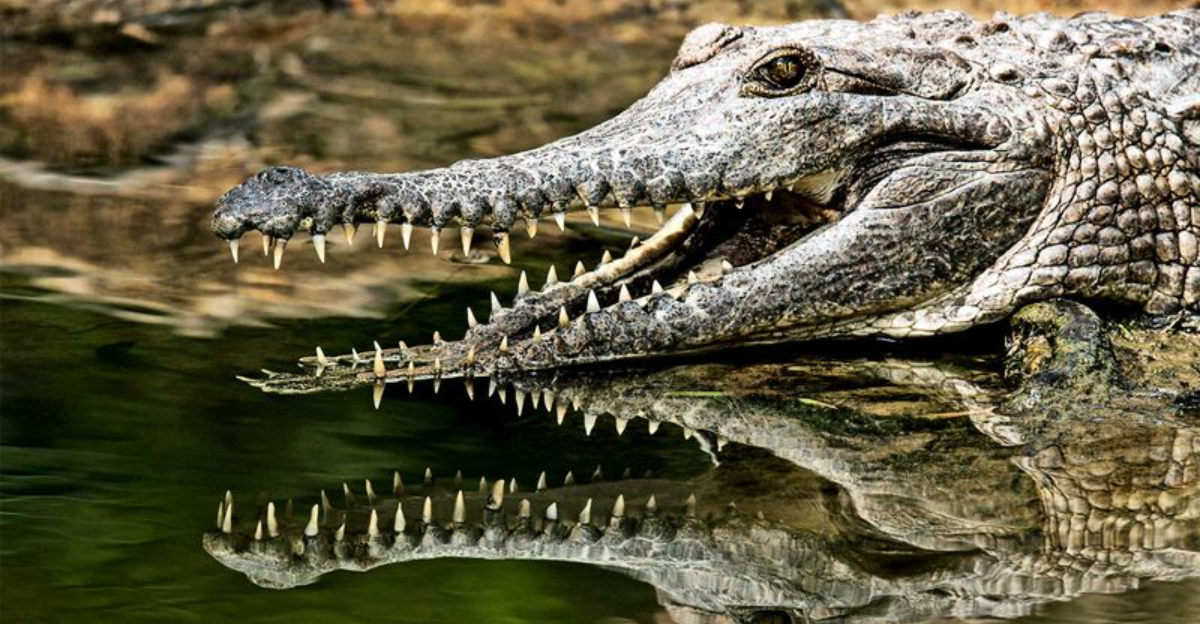
Some animals have jaws full of teeth that could put even the fiercest predators to shame. From sharks to hyenas, these creatures are equipped with impressive dental power to help them survive in the wild.
Whether for hunting or scavenging, their teeth are key to their success. Let’s take a look at the animals with the most teeth in the animal kingdom!
1. Great White Shark
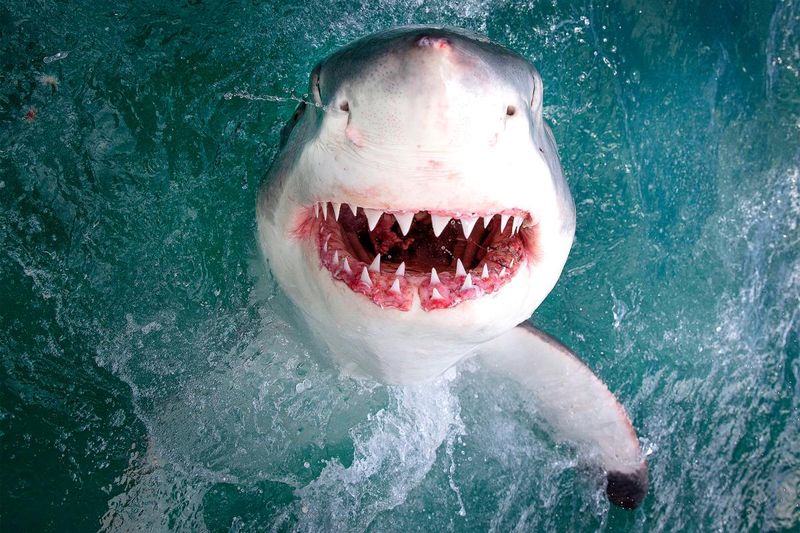
The great white shark, with its infamous rows of razor-sharp teeth, is a marvel of nature. Each tooth is like a mini saw, built to slice through flesh with ease.
These apex predators continuously replace their teeth, ensuring they’re always ready for the next meal.
2. Dome-Topped Snail
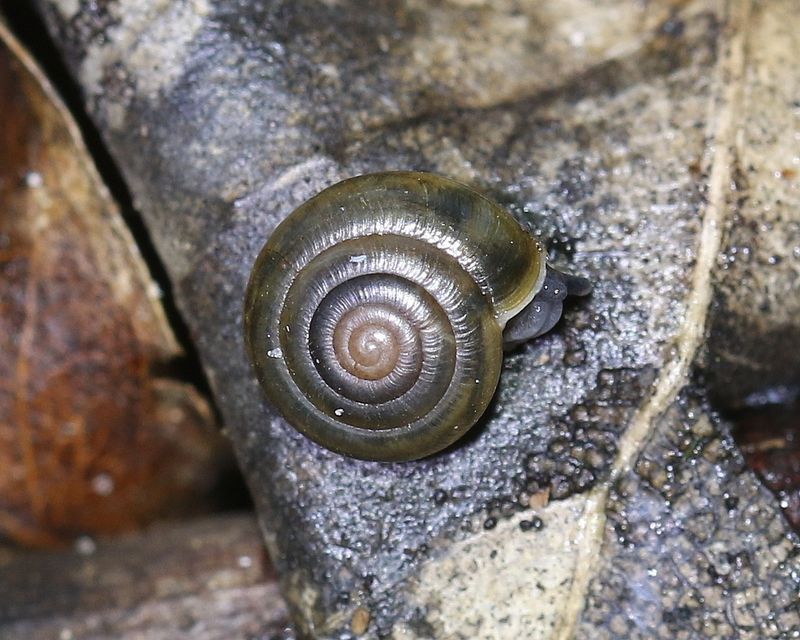
Who would’ve thought a snail could boast about teeth? The dome-topped snail has thousands of microscopic teeth on its radula, a tongue-like organ.
These tiny teeth help the snail scrape food off surfaces. Despite its slow pace, the snail’s dental setup efficiently grinds food, making it a surprising contender in the toothy realm.
3. Crocodile

Crocodiles flaunt an impressive dental display with up to 68 teeth in their powerful jaws. Each tooth is conical, perfect for gripping and holding onto prey.
As they age, crocodiles replace worn teeth with new ones, ensuring they never lose their bite. This evolutionary design makes them efficient predators in aquatic environments.
4. Alligator
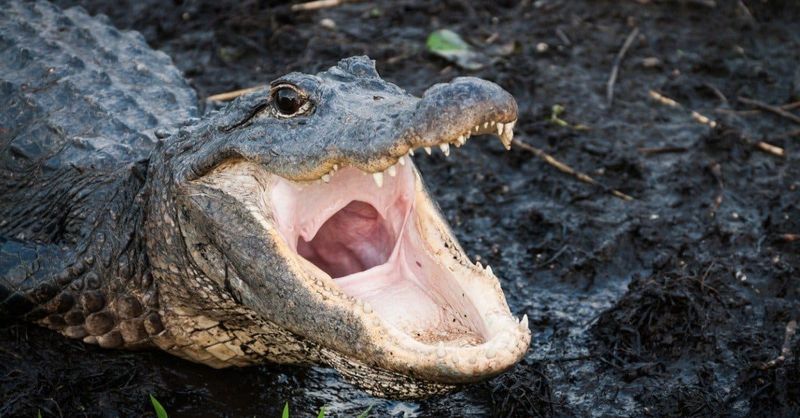
In the world of reptiles, alligators have a dental edge with about 80 teeth. Unlike humans, they go through several sets of teeth in a lifetime.
Their strong jaws and numerous teeth make them formidable hunters.
5. Piranha
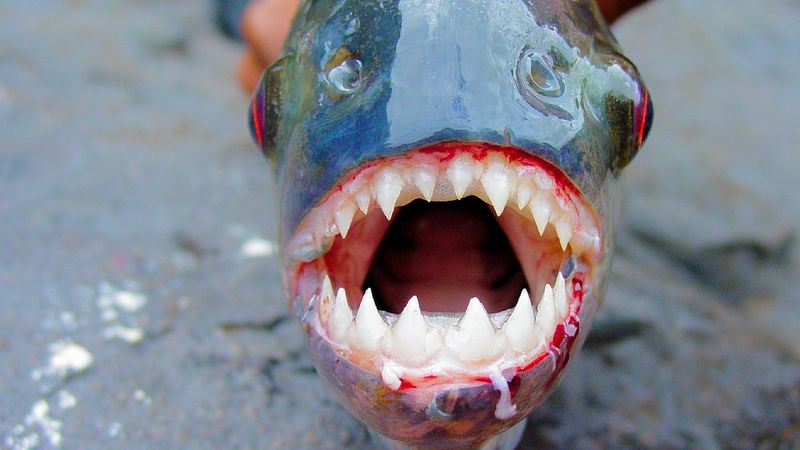
Piranhas, famous for their ferocious feeding frenzies, boast sharp, triangular teeth designed for slicing. These razor-like teeth interlock perfectly, allowing them to tear through prey with precision.
While their fearsome reputation is a bit exaggerated, there’s no denying their dental prowess is perfectly adapted for their carnivorous lifestyle.
6. Moray Eel

With a mouth full of needle-like teeth, the moray eel is a nightmarish sight for small fish. These teeth point backward, ensuring prey can’t wriggle free once caught.
Moray eels have a second set of jaws that help pull prey down their throats.
7. Dugong
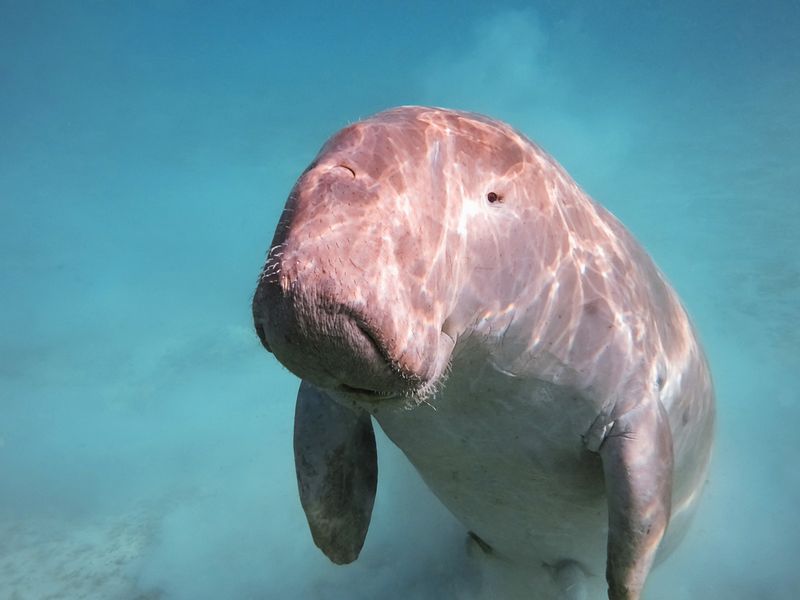
Dugongs, the serene sea cows of the ocean, have incisors that resemble tusks. These teeth aid in pulling out seagrass, their primary diet.
These gentle giants are a reminder of the diverse dental adaptations in nature.
8. Tiger
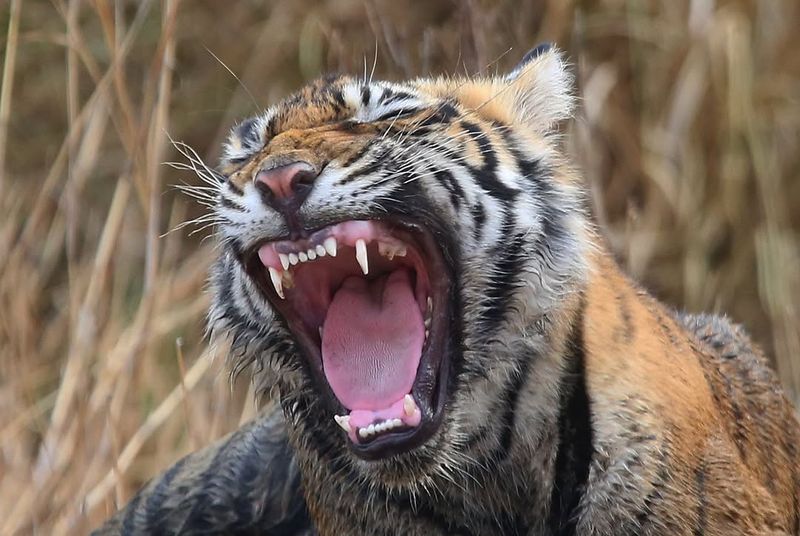
With incredibly powerful jaws, tigers have 30 sharp teeth designed for gripping and tearing through flesh. Their teeth are perfectly suited for hunting, allowing them to efficiently catch and consume prey.
These large predators rely on their strong bite to survive and maintain dominance in their environment.
9. Goblin Shark
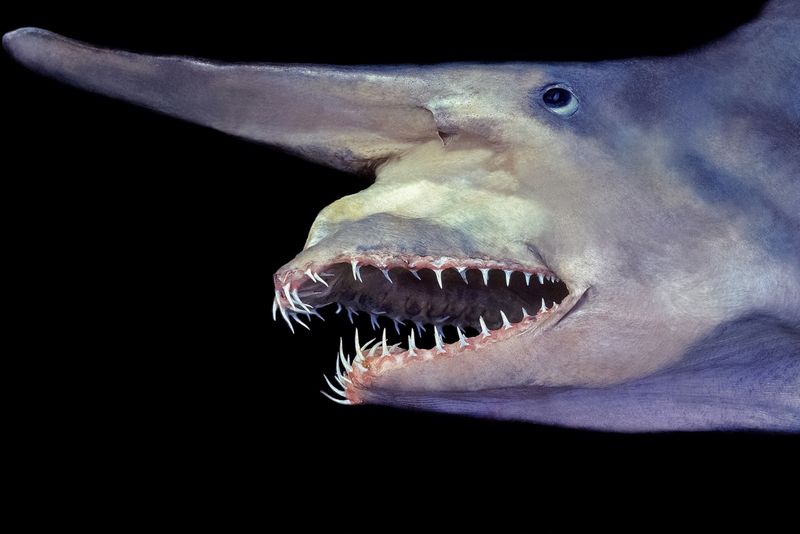
The goblin shark, with its eerie appearance, sports slender, needle-like teeth. Its jaws can extend outwards to snatch unsuspecting prey, making it a fearsome deep-sea predator.
These teeth are built to grip slippery prey like fish and squid.
10. Beaver
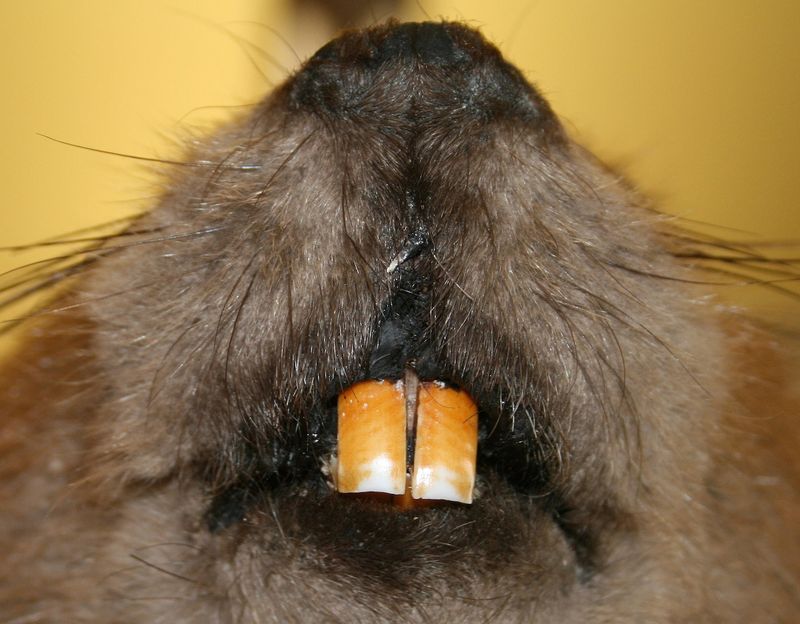
Nature’s architects, beavers have teeth perfectly designed for the job. Their ever-growing incisors are hard on the outside and soft on the inside, allowing them to chisel through wood with ease.
This constant growth ensures their teeth don’t wear down, enabling them to build their iconic dams.
11. Lamprey
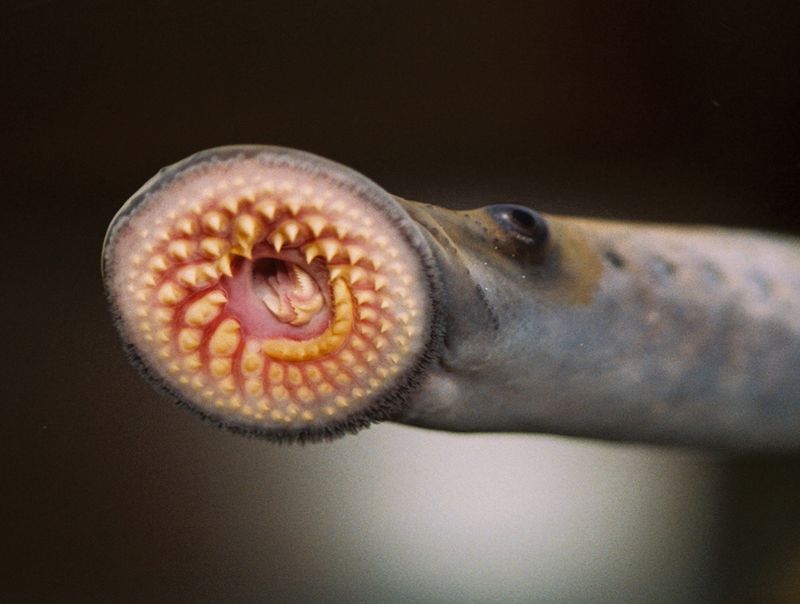
Lampreys, with their circular mouths, are equipped with rows of rasping teeth. These allow them to latch onto fish and suck their blood.
These ancient creatures have been around for millions of years, showcasing a successful, albeit unusual, dental design.
12. Narwhal
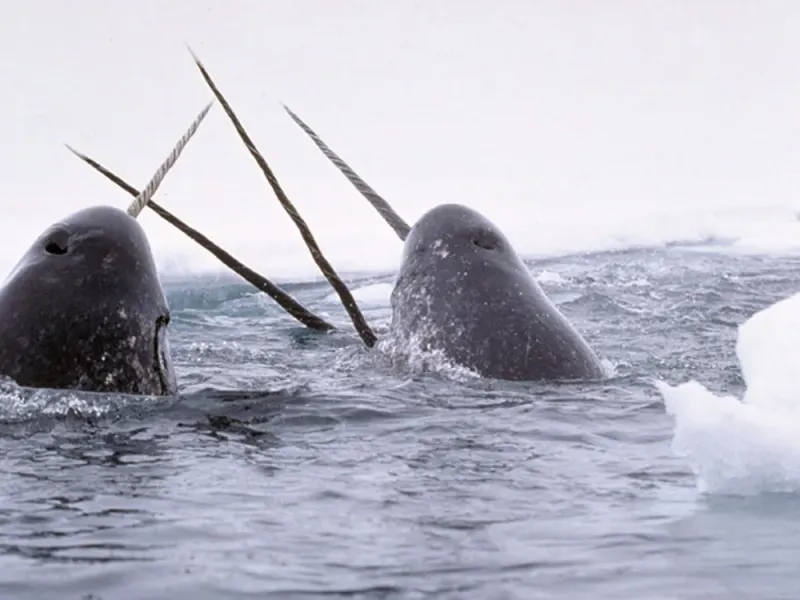
The narwhal’s tusk, a single elongated tooth, is one of nature’s most unique dental features. This spiral tooth can grow up to 10 feet long, and while its exact purpose is debated, it may play a role in social interactions.
These “unicorns of the sea” are a testament to the diverse and fascinating world of animal teeth.
13. Octopus

Though not the first creature that comes to mind when thinking of teeth, octopuses have a sharp, beak-like mouth. This structure allows them to crack open the shells of prey like crabs.
The octopus’ unique dental setup is just one facet of its captivating biology.
14. Catfish
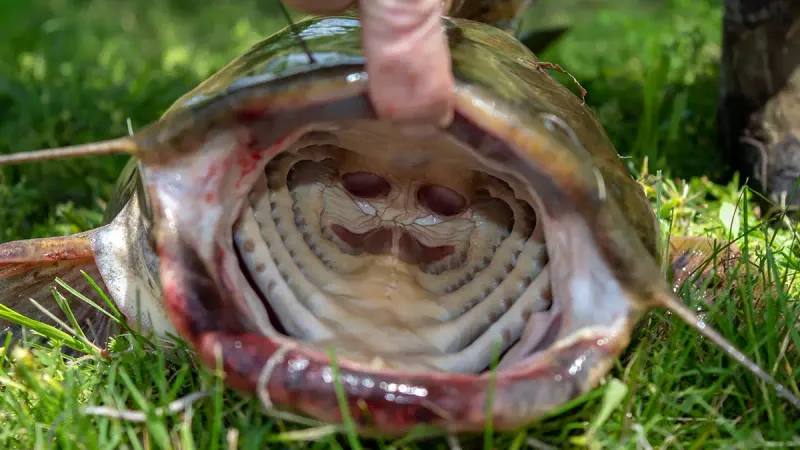
Catfish might not have the sharpest teeth, but their small, brush-like teeth are effective for their diet. These teeth help in scraping algae and small organisms from surfaces.
Coupled with their sensitive barbels, catfish are perfectly equipped for their bottom-dwelling lifestyle.
15. Hyena
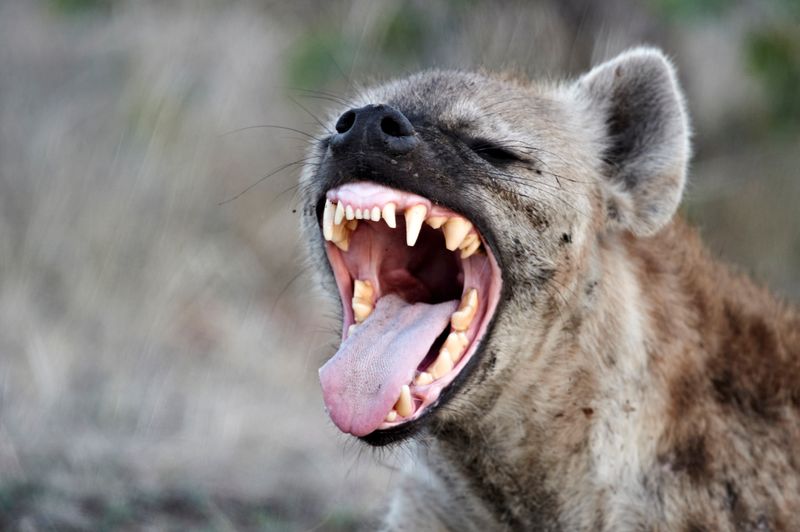
With one of the strongest bites in the animal kingdom, hyenas can crush bones effortlessly.
Their powerful jaws and sharp teeth, which number around 34, are perfectly adapted for a scavenging lifestyle, allowing them to break down every part of their prey.
This efficiency in feeding ensures nothing goes to waste, making hyenas integral to their ecological niche.
16. Elephant
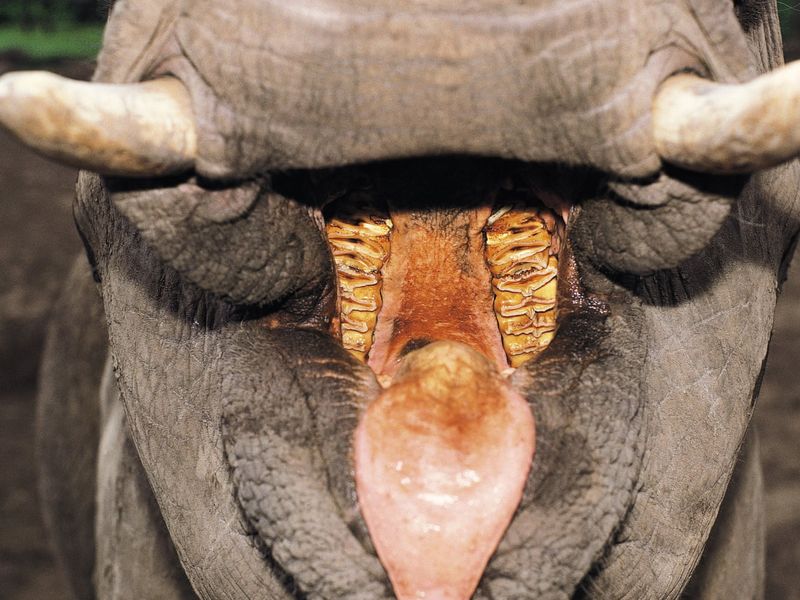
Elephants are known for their majestic tusks, which are actually elongated incisors. These tusks help in digging and stripping bark from trees.
Additionally, elephants have large molars that are replaced six times in their lifetime. This remarkable dental cycle ensures they can process the vast amounts of vegetation they consume daily.

